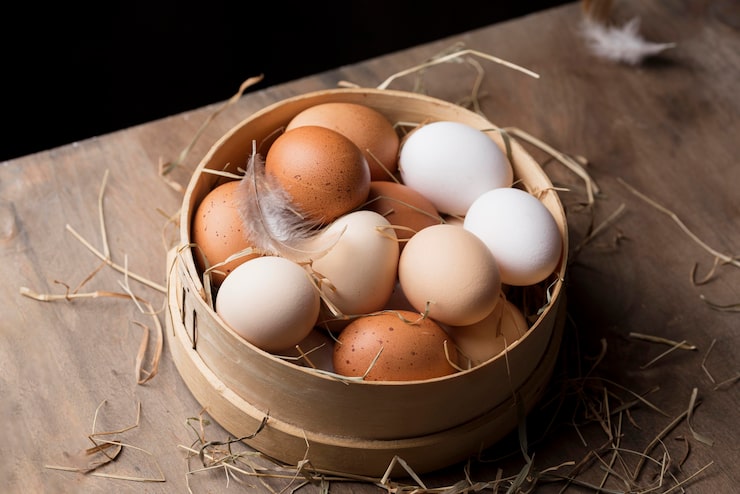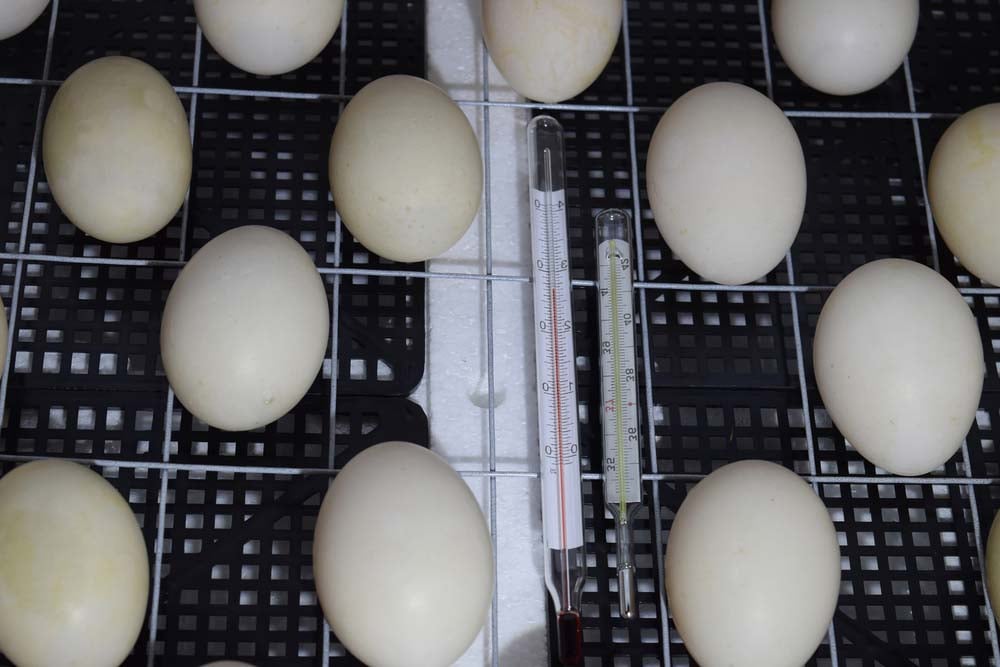For anyone passionate about raising chickens, understanding the nuances of egg incubation is crucial. The choice between a manual vs automatic incubator can significantly impact your hatching success. Both types have their unique strengths and weaknesses, and the decision largely depends on your specific needs and preferences.

Understanding Incubation Basics
Before diving into the debate of manual vs automatic incubator, it is essential to grasp the basics of incubation. Incubation is the process of maintaining fertile eggs under controlled environmental conditions to facilitate development and hatching. Key factors include temperature, humidity, and egg turning. To learn more about the ideal temperature for chicken incubation, you can visit this ideal temperature guide.
What Is a Manual Incubator?
A manual incubator requires more hands-on involvement. Users need to manually adjust temperature, humidity, and turn the eggs regularly. While this can be more labor-intensive, it allows for greater control and understanding of the incubation process.
Advantages of Manual Incubators
- More affordable and accessible for beginners.
- Offers greater control over the incubation environment.
- Ideal for small batches of eggs.
Challenges of Using Manual Incubators
- Requires constant attention and adjustments.
- Higher risk of human error affecting hatch rates.
- Time-consuming, especially with larger batches.
What Is an Automatic Incubator?
An automatic incubator simplifies the incubation process by automating temperature control, humidity regulation, and egg turning. This type of incubator is ideal for users who prefer a hands-off approach or need to incubate large numbers of eggs.
Advantages of Automatic Incubators
- Minimizes human error with automated controls.
- Suitable for incubating large batches of eggs.
- Time-saving and efficient.
Drawbacks of Automatic Incubators
- Higher initial cost compared to manual incubators.
- Less control over the incubation environment.
- Dependence on technology, which may fail.
Key Factors to Consider
When deciding between a manual vs automatic incubator, several factors should be considered:
Batch Size
Consider the number of eggs you plan to incubate. Smaller batches may be manageable with a manual incubator, while larger batches could benefit from an automatic model.
Budget
Your budget will play a significant role in your decision. Manual incubators are generally cheaper, but automatic incubators can offer better long-term value by saving time and reducing the risk of human error.
Experience Level
Beginners may prefer a manual incubator to learn the intricacies of incubation, while experienced hatchers might opt for the convenience of an automatic incubator.
Time Availability
Consider how much time you can dedicate to monitoring and adjusting the incubator. Those with limited time may find an automatic incubator more suitable.
Common Misconceptions
There are several misconceptions about manual vs automatic incubators. Some believe that one type always outperforms the other, but both have their place in successful hatching. It’s crucial to understand that results can vary based on individual circumstances and expertise.
Success Stories
Many chicken enthusiasts have shared their success stories using both types of incubators. For instance, manual incubators have been praised for their educational value, while automatic incubators have been lauded for their efficiency in commercial settings.
Conclusion
Choosing between a manual vs automatic incubator ultimately depends on your specific needs, experience level, and resources. Both types offer unique advantages and challenges. By carefully considering your goals and constraints, you can select the incubator that best suits your hatching journey. For more information on best incubator practices, check out this best practices guide.

FAQs
What should I consider before choosing an incubator?
Consider factors such as batch size, budget, experience level, and time availability when choosing between a manual and automatic incubator.
Can I switch from a manual to an automatic incubator easily?
Yes, you can switch between incubator types, but it may require some adjustment in your approach and expectations. Familiarize yourself with the specific controls and features of the new incubator.
How do I ensure a high hatch rate?
To achieve a high hatch rate, maintain optimal temperature and humidity levels, regularly turn the eggs, and monitor the incubator closely. For more detailed guidance, refer to this hatching guide.
This article contains affiliate links. We may earn a commission at no extra cost to you.











